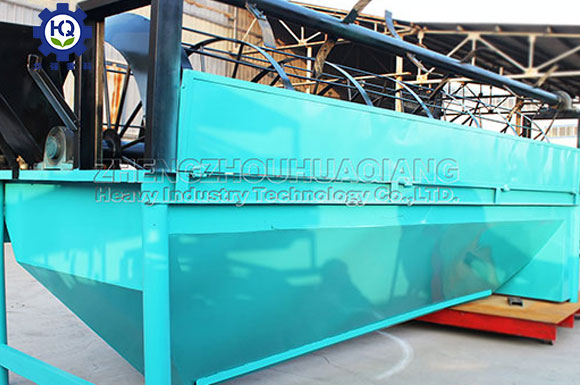
In organic fertilizer production lines, the screening step directly affects the final product's particle uniformity and its appeal in the market. Good quality control during screening not only improves product quality but also lowers rework rates and boosts production efficiency.
1.Screen Selection and Maintenance
Choose the right mesh size screen (typically 8-20 mesh) based on your product specs. Check screens regularly for wear and tear. We recommend replacing them every 200 tons of production.
2.Material Pre-Treatment
Keep the moisture content of incoming material between 15-25%. Too much moisture causes screens to clog; too little creates dust clouds. Install pre-crushing equipment to ensure raw material size is ≤5mm – this significantly improves screening efficiency.
3.Equipment Settings Adjustment
Control vibrating screen amplitude at 3-5mm. Set vibration frequency between 800-1200 times per minute. Keep the screen surface tilt angle at 10-15°. Don’t exceed 80% of the fertilizer screener machine’s rated capacity.

4.Environmental Control
Fit dust covers and dust removal systems. Maintain workshop humidity at 50-60% and temperature between 10-35°C (50-95°F). Clean out leftover material inside the equipment thoroughly after each shift.
5.Smart Monitoring System
Install online particle size analyzers and auto-alarms to monitor screening results in real-time. Set the machine to stop automatically when screening efficiency drops below 85%, ensuring defective products stay under 3%.
By choosing the right fertilizer screener machine, dialing in precise settings, and implementing a solid quality management system, you can greatly improve screening efficiency and product quality rates.